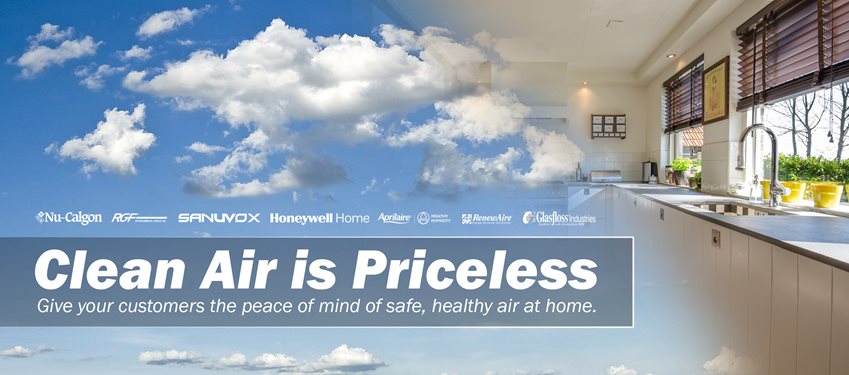Residential Indoor Air Quality (IAQ)
 The Importance of IAQ in Residential Homes
The Importance of IAQ in Residential Homes
Indoor Air Quality (IAQ) in residential homes is now more important than ever. With the emergence of Covid-19, the general public’s awareness of air quality in homes and business is at an all time high. As we continue to navigate this pandemic, there has been an increased demand for the
7 Principles of a Healthy Home: Keep It Dry; Keep It Clean; Keep It Pest-Free; Keep It Safe; Keep It Contaminant Free; Keep It Ventilated; and Keep It Maintained.
The
U.S. Census Bureau estimates that more than 5.9 million housing units are substandard with multiple or severe health hazards, and that 39 million housing units nationwide contain at least one health hazard. Some of these hazards may be seen (mold, dust, and pests; deteriorated lead paint or pipes) or unseen (electrical and physical hazards, radon, carbon monoxide, and other poisons and carcinogens) and can cause illness, injury, and even death. Fortunately, there are a number of solutions that HVAC contractors can offer to protect your customers and their families from these health hazards.
“Indoor air quality” refers to the quality of the air in a home, school, office, or other building environment. The potential impact of indoor air quality on human health nationally can be noteworthy for several reasons:
- Americans, on average, spend approximately 90 percent of their time indoors,1 where the concentrations of some pollutants are often 2 to 5 times higher than typical outdoor concentrations.2
- People who are often most susceptible to the adverse effects of pollution (e.g., the very young, older adults, people with cardiovascular or respiratory disease) tend to spend even more time indoors.3
- Indoor concentrations of some pollutants have increased in recent decades due to such factors as energy-efficient building construction (when it lacks sufficient mechanical ventilation to ensure adequate air exchange) and increased use of synthetic building materials, furnishings, personal care products, pesticides, and household cleaners.
Improving IAQ in a home can come in many forms. Products such as Minimum Efficiency Reporting Value (MERV) rated filters, Ultra Violet Sterilizations Systems, and Electronic Air Cleaners can help mitigate the spread of bacteria or viruses. Remember that the HVAC system in a home is not the cause of pathogens in the air, but can contribute to the spread.
The Gustave A. Larson Company has taken a deep dive into products that can provide indoor air quality solutions in residential homes. View our findings below:
Want to learn more about Indoor Air Quality in residential homes? We'd love to talk!
References:
[1] U.S. Environmental Protection Agency. 1989. Report to Congress on indoor air quality: Volume 2. EPA/400/1-89/001C. Washington, DC. [2] U.S. Environmental Protection Agency. 1987. The total exposure assessment methodology (TEAM) study: Summary and analysis. EPA/600/6-87/002a. Washington, DC. [3] U.S. Environmental Protection Agency. 1997. Exposure factors handbook volume 3: Activity factors. EPA/600/P-95/002Fa. Washington, DC.